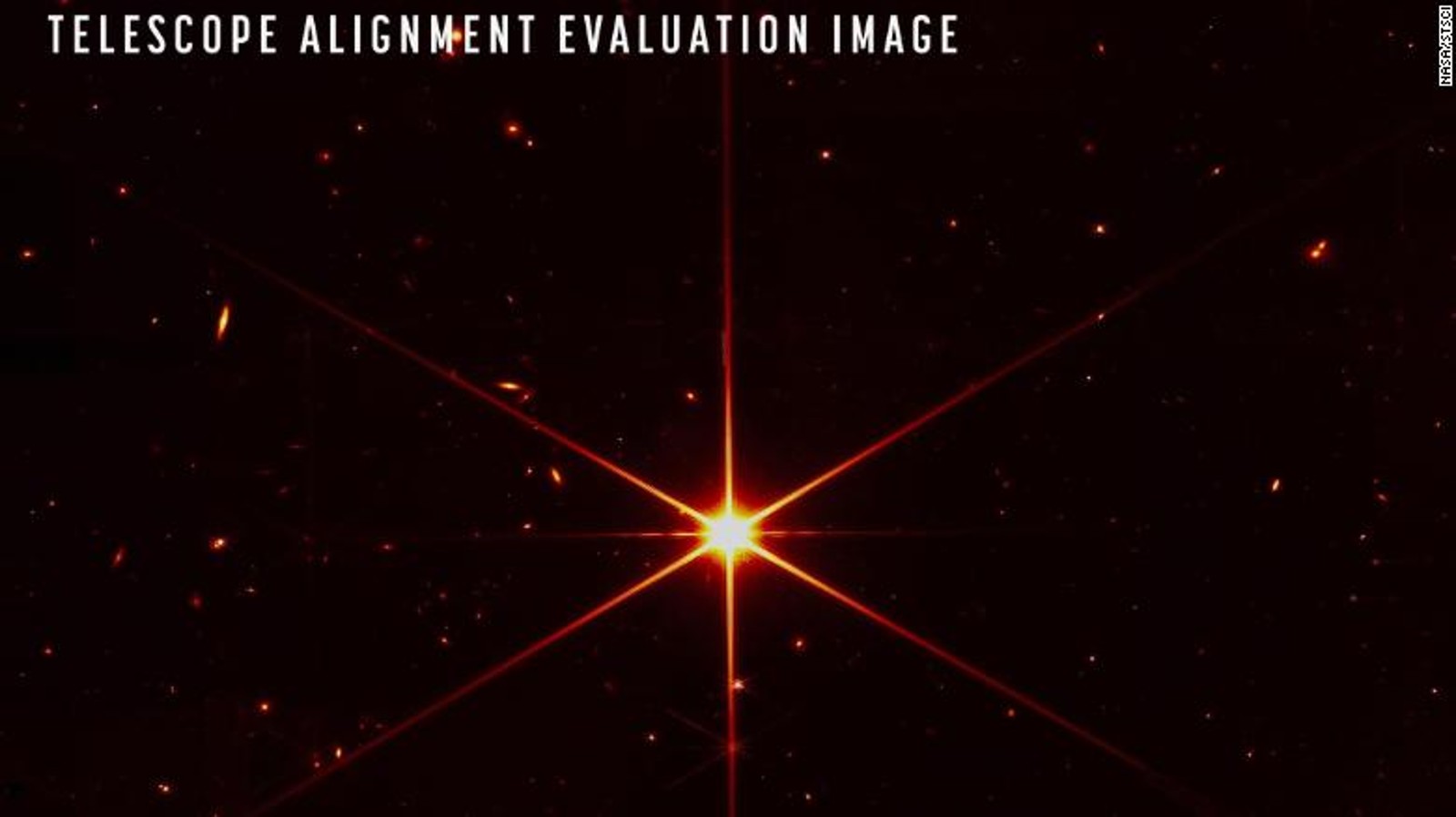Webb Telescope’s space images are even better than expected + No more Instagrammable Starbucks cups?

The James Webb Space Telescope may exceed the goals it set out to achieve: The Webb Telescope — which is 100x more powerful than its predecessor, the Hubble telescope — was created to peer inside the atmospheres of exoplanets and observe some of the first galaxies created in the universe using infrared light, writes CNN. Last week, Webb completed the “fine phasing” process, which ensures that the telescope’s optical capabilities are working the way they should and that all 18 gold mirror segments are aligned. Scientists received results even better than they expected with the resolution of images showing distant stars and galaxies that are invisible to the human eye. Once Webb is fully operational, the telescope could pave the way for “a very demanding year of science operations,” said NASA’s Webb operations project scientist. The news has allowed scientists to take a breath of relief, as the success of the telescope had a lot riding on it after three decades of work and USD 10.6 bn spent.
Starbucks is looking to do away with single-use paper and plastic cups by 2025, replacing them with reusable ones by encouraging a shift in consumer behavior, Wall Street Journal reported. The coffee giant wants to see more people bringing their own cups or be a part of its “Borrow A Cup” program — which sees coffee lovers borrowing a reusable cup from one of the stores — within three years. The program is already being tested in several markets, trialing whether an incentive such as price reductions for using reusable cups would encourage customers to take part or if a surcharge for using a single-use cup would change their perceptions.
Africa’s largest bank wants to raise more for renewable energy projects: South Africa’s Standard Bank Group, Africa’s largest bank in terms of assets, is looking at raising approximately USD 20 bn by 2026 to help finance green projects, Bloomberg reported. The bank has promised working towards a net zero carbon emissions target from its operations by 2040 and from its portfolio of financed emissions by 2050, as part of its commitments to the 2015 Paris Agreement. The Johannesburg-based lender will only fund energy and mining projects under “certain tightly defined circumstances” to help Africa achieve a transition away from fossil fuels.